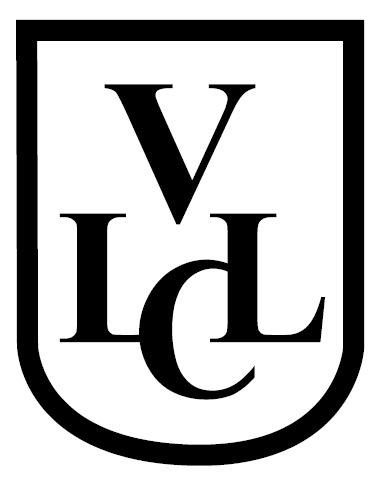|
Learning a language for some is easy, and yet for others, it is close to impossible. However, much about learning a language is in the mind, and we must remember that our brain is a powerful thing. The best way to get to grips with learning a language fast, is to have a general idea of how your subconscious works and how we learn in different ways. Children are the best example of how the subconscious mind helps learn a language. Children who grow up in households, or just countries where more than one language is spoken, become bi or multi-lingual very quickly. They are absorbed in the language through the constant repetition of words, phrases and even mannerisms, allowing the brain and mind to soak up the language while almost resting. There is no forced “you will learn this” when it comes to children, no learning grammar, and this means the child is confident in learning the language and feels confident in speaking it. The mind plays tricks on us all the time, and for many, overcoming the fear of speaking a language is one of the greatest challenges. However, the childlike approach to using the mind, especially a more subconscious mind technique which uses repetition, is one of the best language learning methods. Vocational Language Learning Centre uses this technique and has had much success with teaching many students a new language. Once one has learned to relax the mind and accepted it is not a race to learn the language fast, you will become more receptive. Being more receptive means you will learn, and may even learn more quickly as your confidence grows. Becoming socially interactive through language also improves the learning experience. Confidence grows and the immersion in conversation prepares the mind to both listen and speak in a natural, if somewhat daunting situation. Many people talk about mind maps when it comes to learning a language. Bringing together the lexicon and syntax is in many ways what learning a language is. It is a little like a jigsaw puzzle and once one learns what goes with which, things fall into place. This way of learning is less subconscious and more structured and logical. It basically creates a map for the language learner to follow. It does work and is very much a more deliberate way of teaching the mind to work, or think in a certain way. Our human brains and our minds are more than capable of learning another language or multiple languages. There is not many people who are unable to learn (unless there is a medical learning difficulty), some just find it more difficult than others, especially those who feel pressured into speaking or using a language. Of course, there are now many shortcuts to learning a language such as translation apps etc but in reality, nothing beats really learning the language and actually communicating to someone in their native tongue. Language stimulates the brain and the challenge in applying the mind should be embraced. For many, a combination of understanding, applying and using rules along with the social use of language, will be how they eventually learn. The mind is a very powerful tool, and in a nutshell, it needs a combination of stimulation and relaxation to deliver the results you are looking for. When you understand how best your mind works, learning a language is merely a matter of time and perhaps placing mind over matter.
1 Comment
Sher Singh
31/7/2023 04:54:28 am
Great job on your blog post! The information you provided was comprehensive, and I appreciated the way you presented both the big picture and the finer details. <a href="https://www.digistore24.com/redir/418824/Majisa/" target="_blank">click here</a> to gain further insights.
Reply
Leave a Reply. |
AboutThese blogs are about learning a foreign language and how utilising that skill can help to keep your mind active and assist with your cognitive function. Archives
July 2024
Categories |




 RSS Feed
RSS Feed

